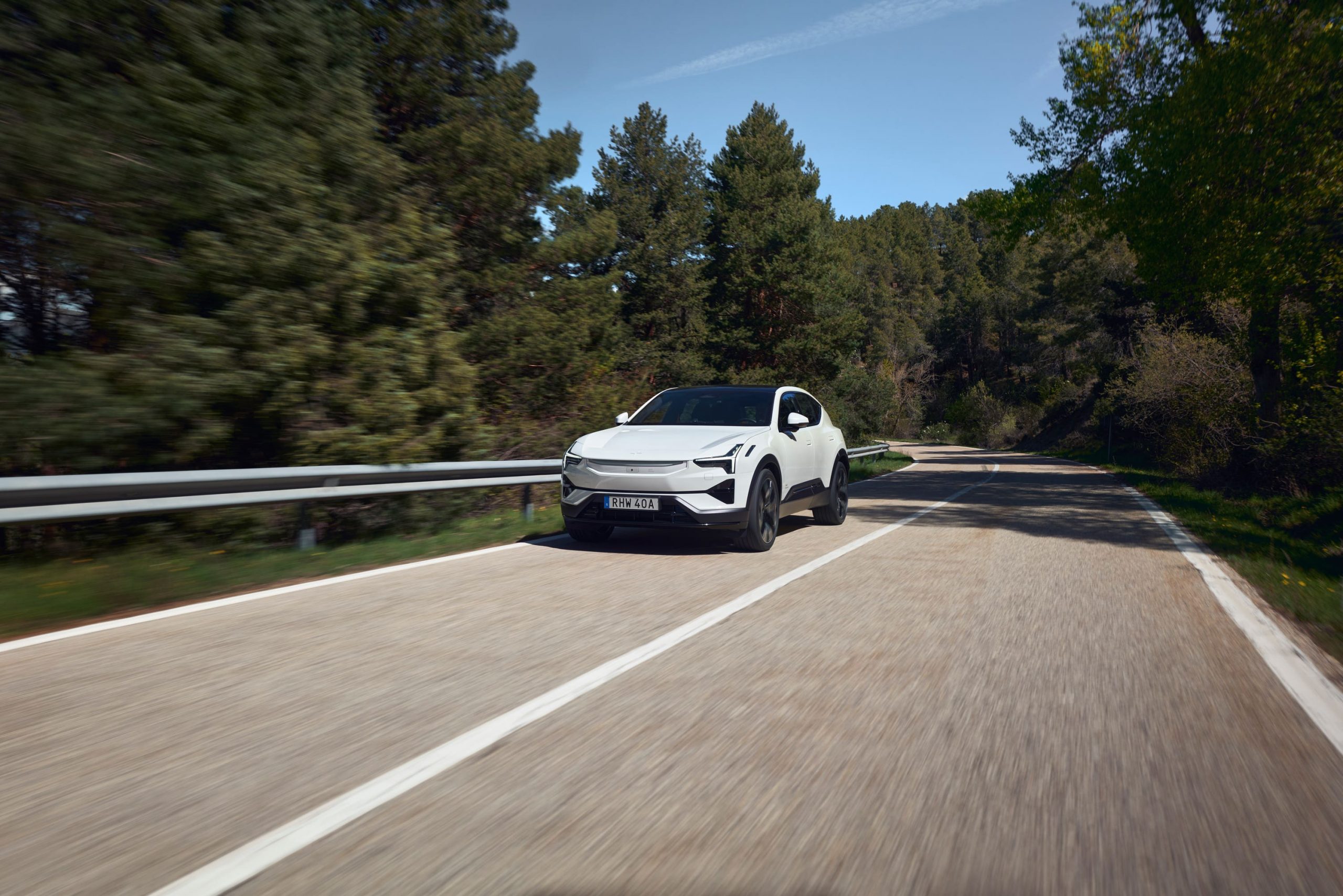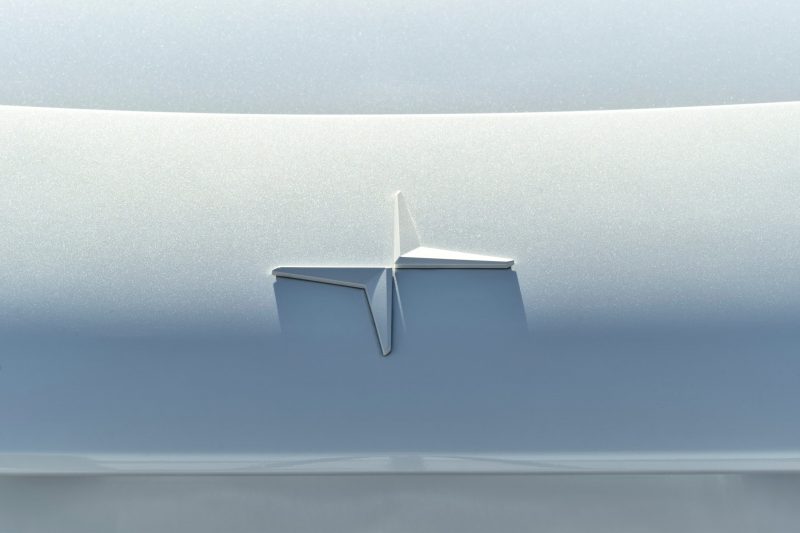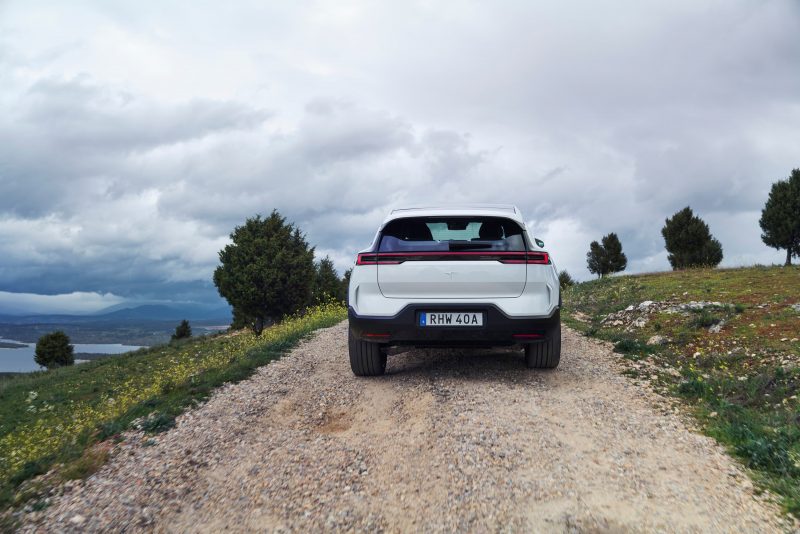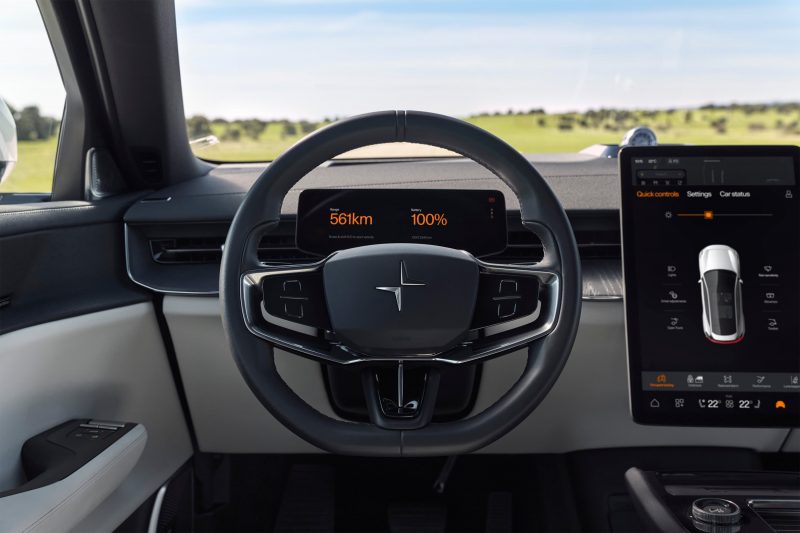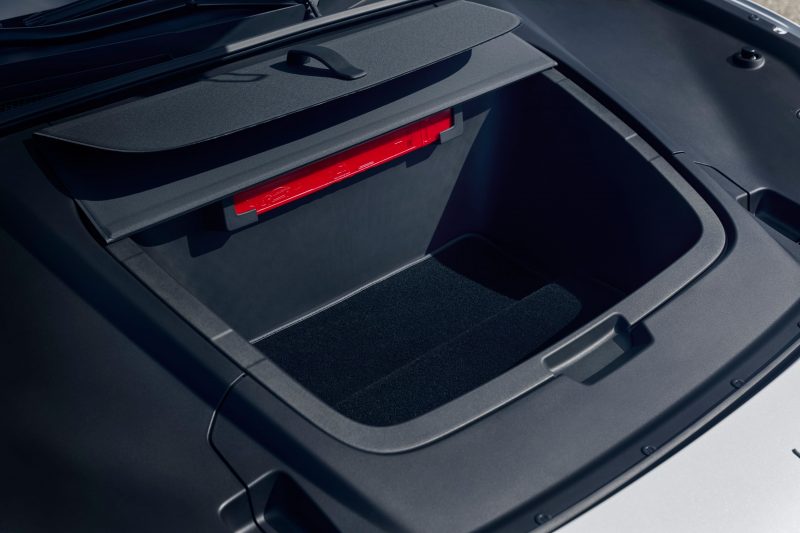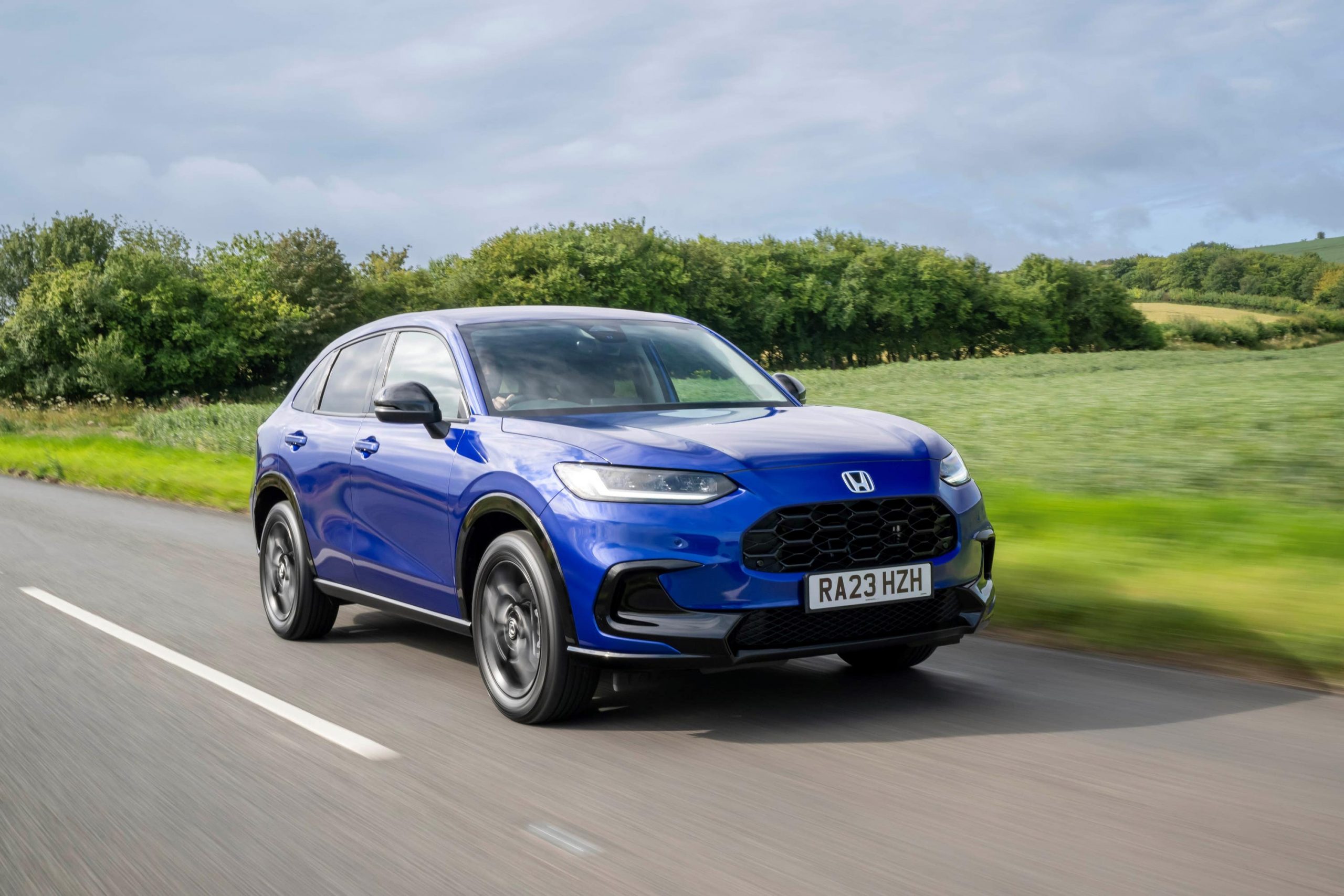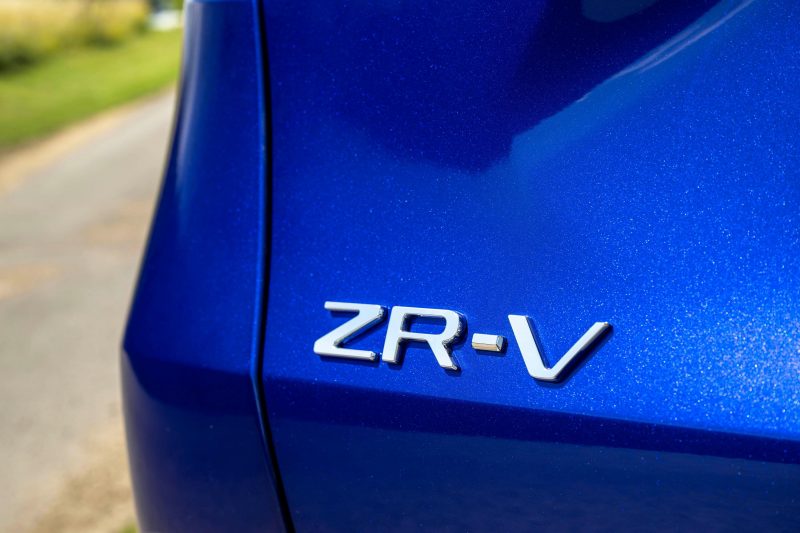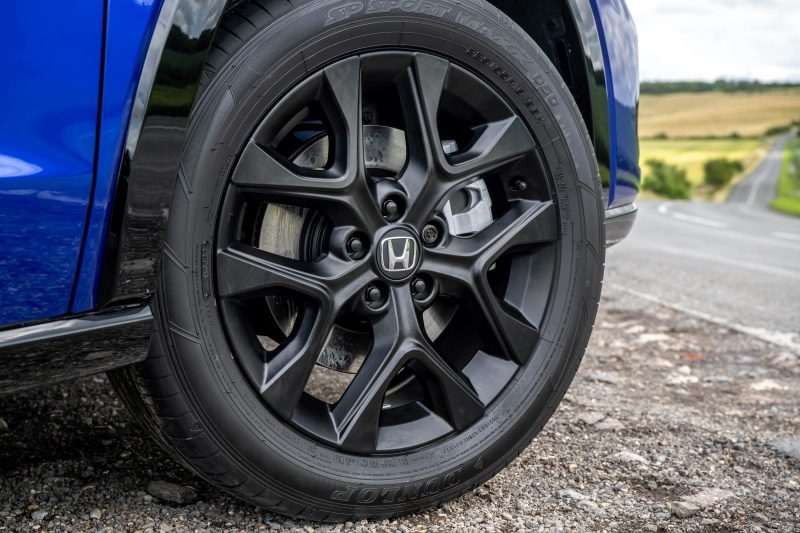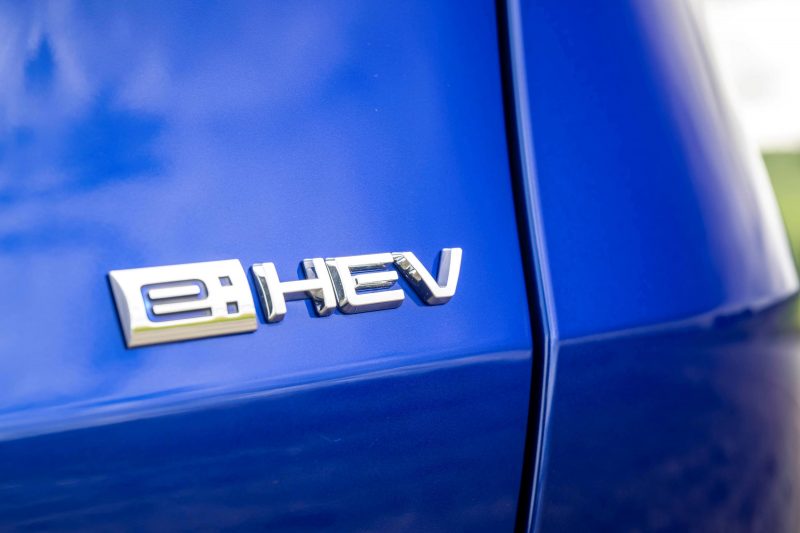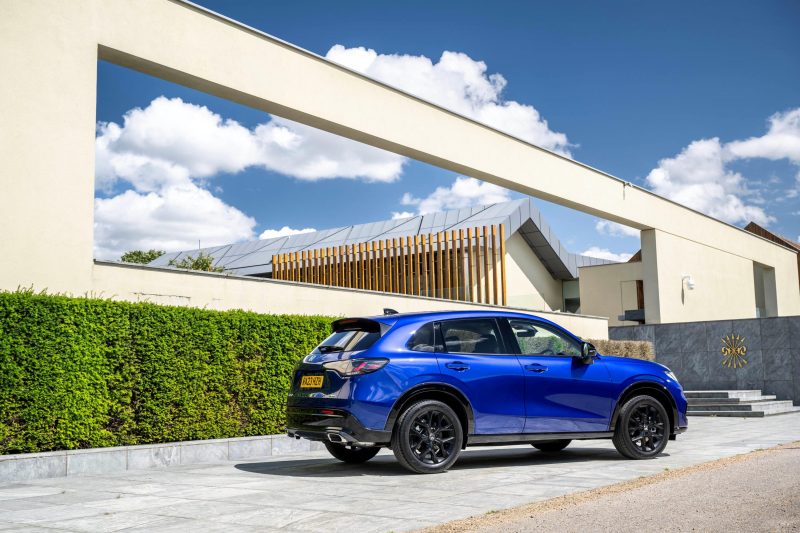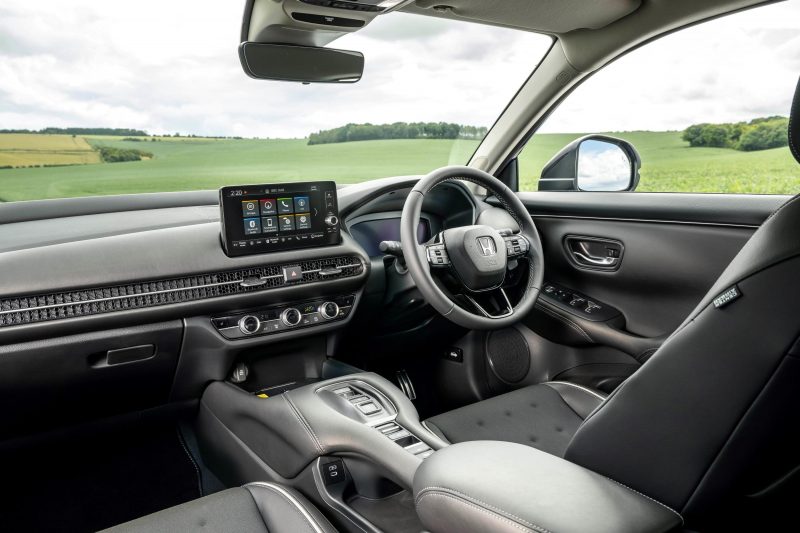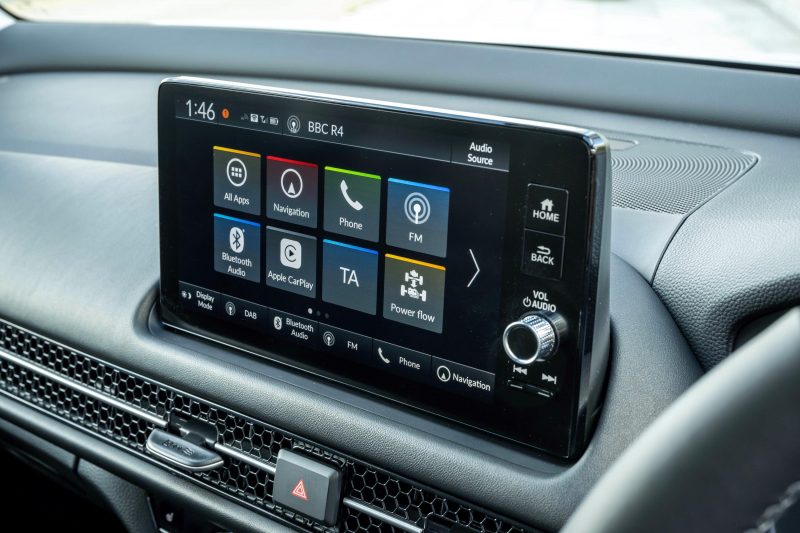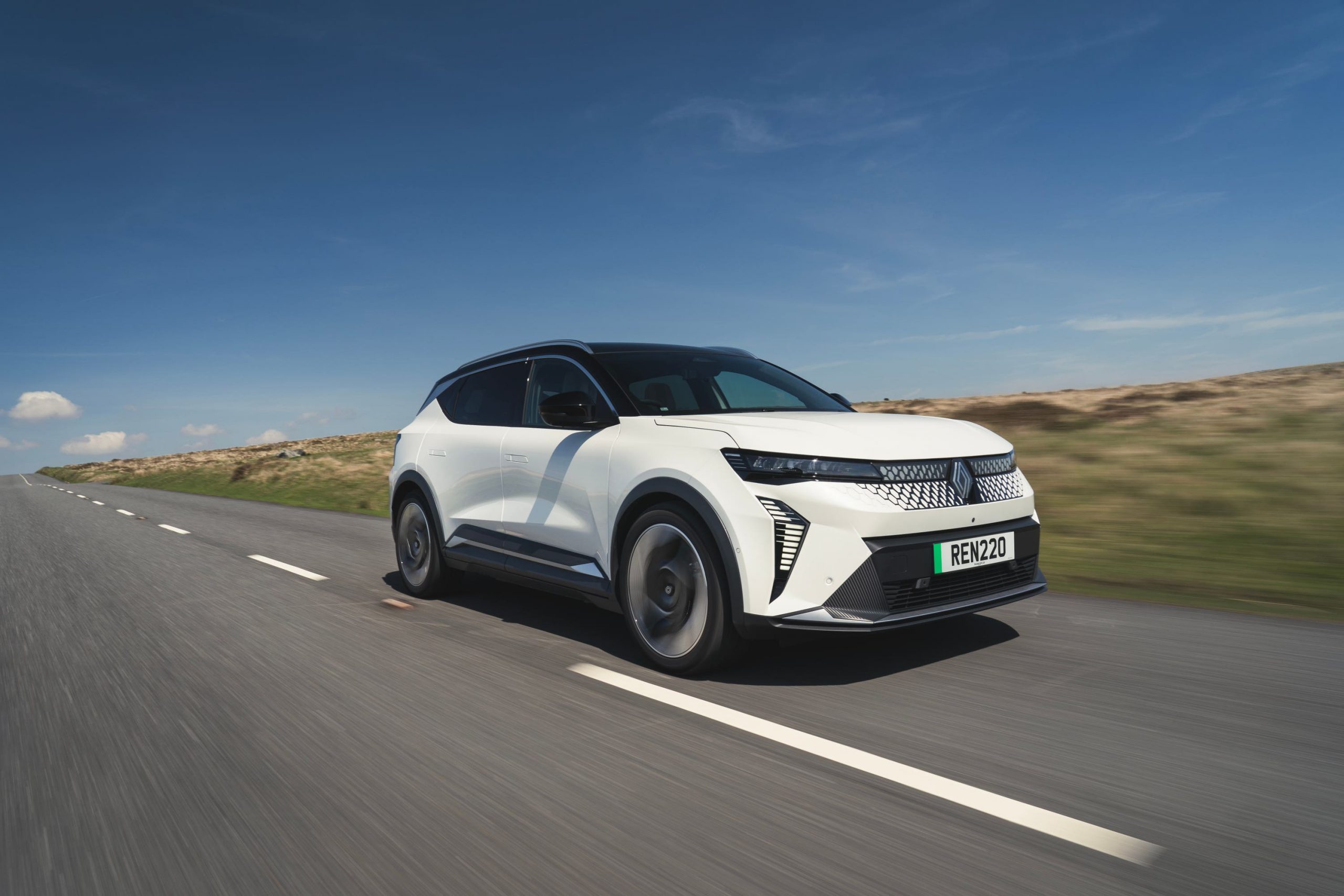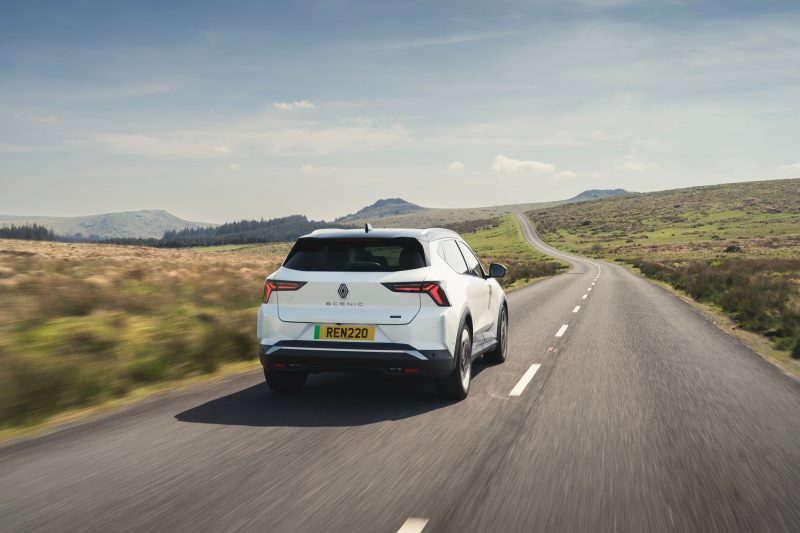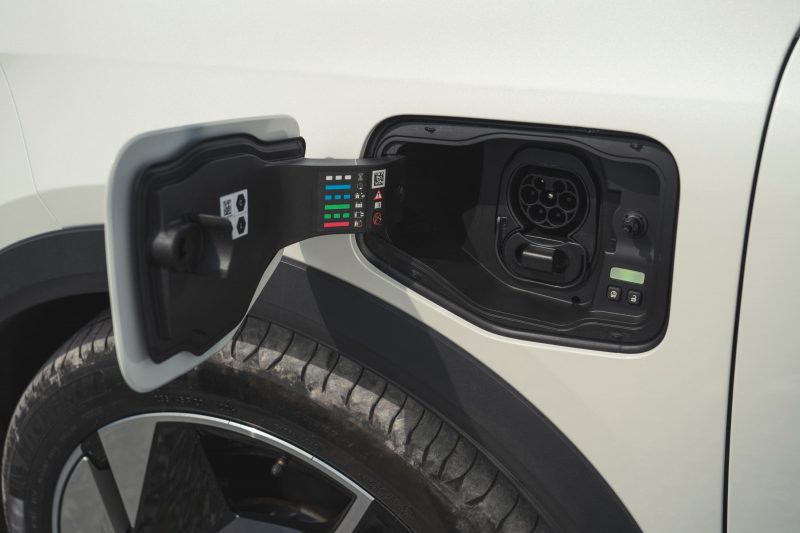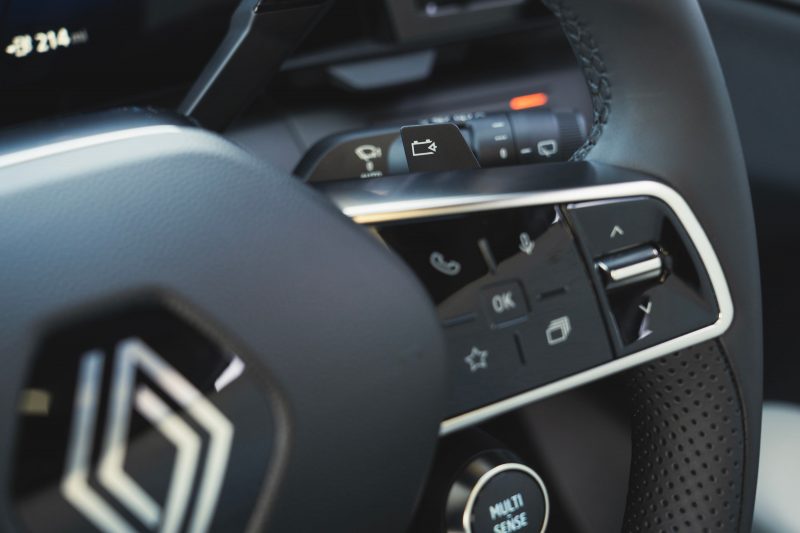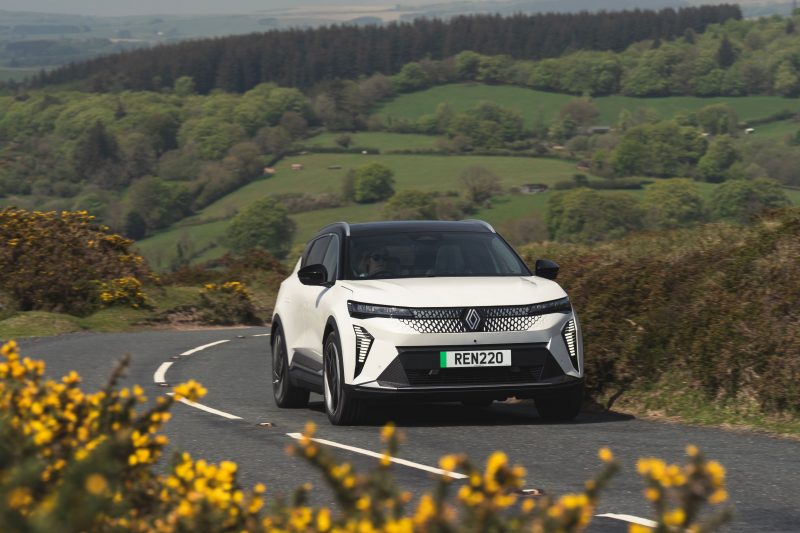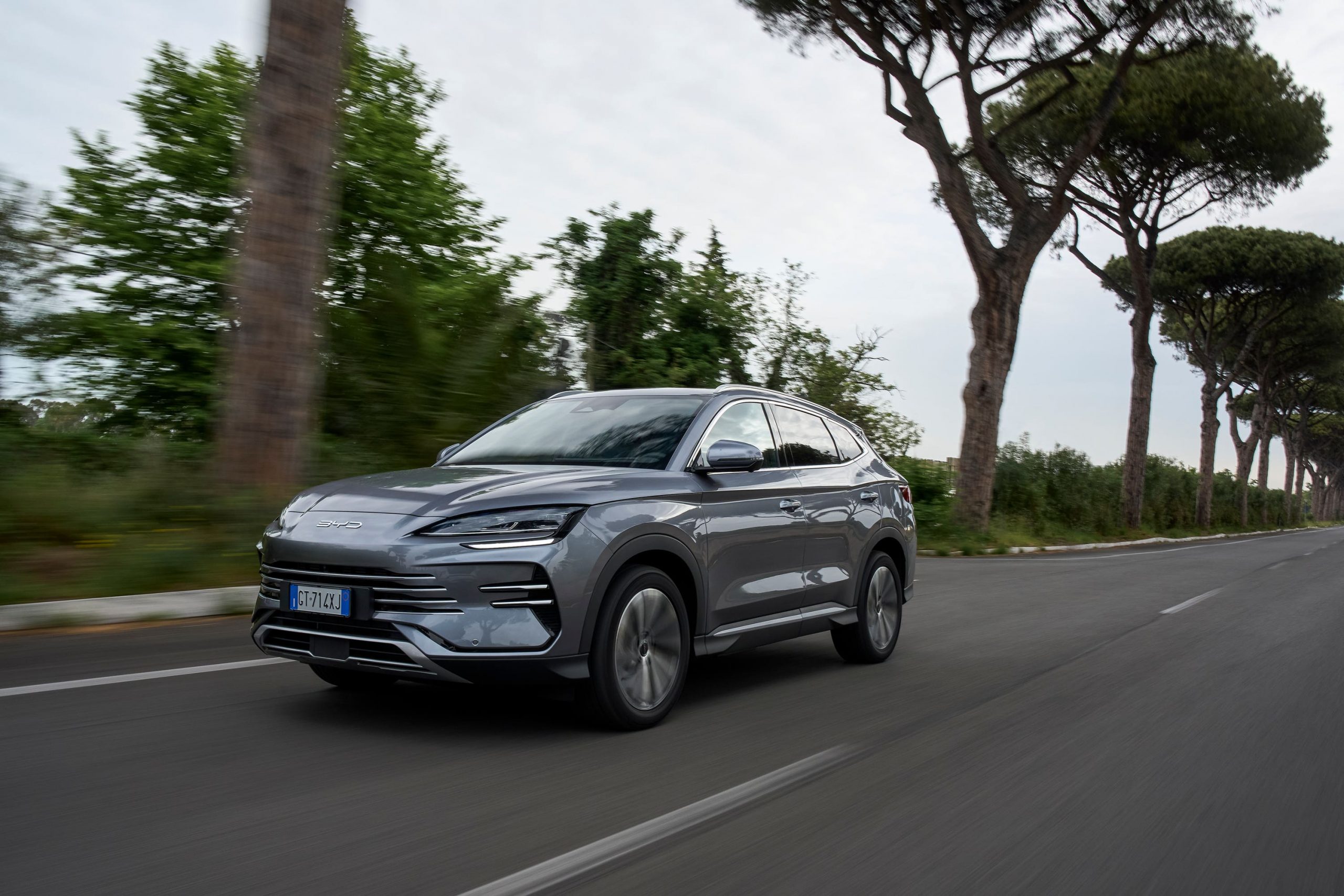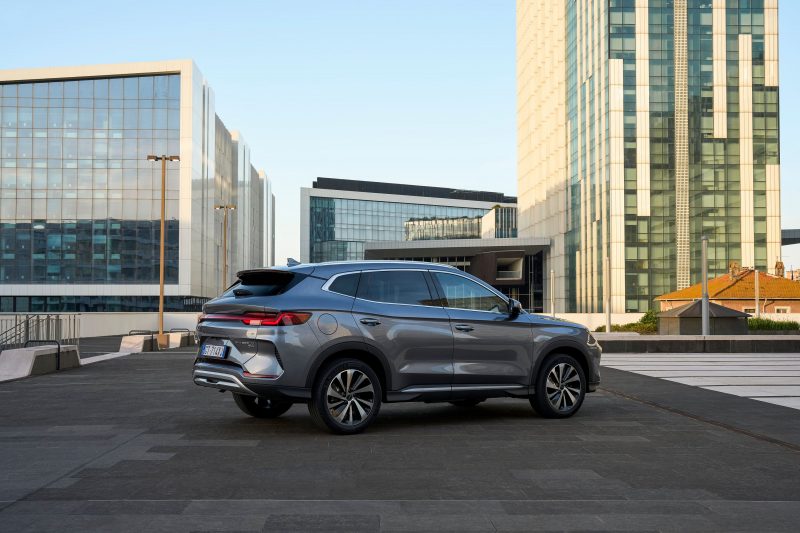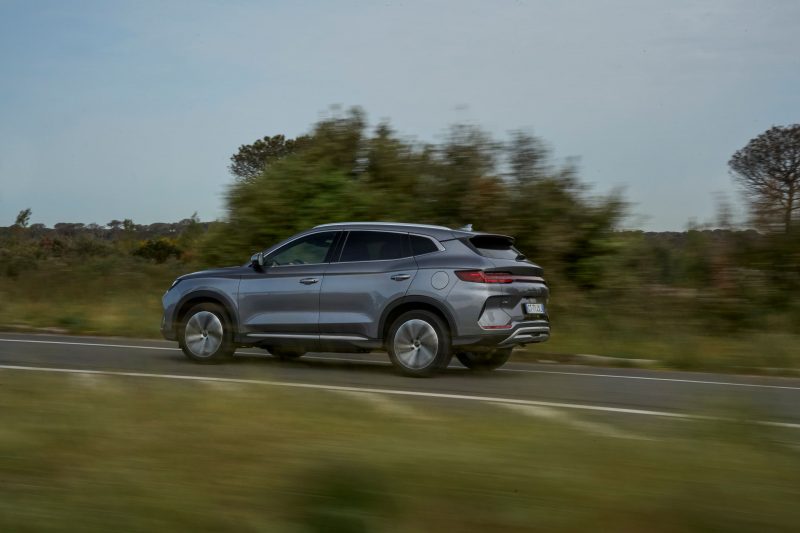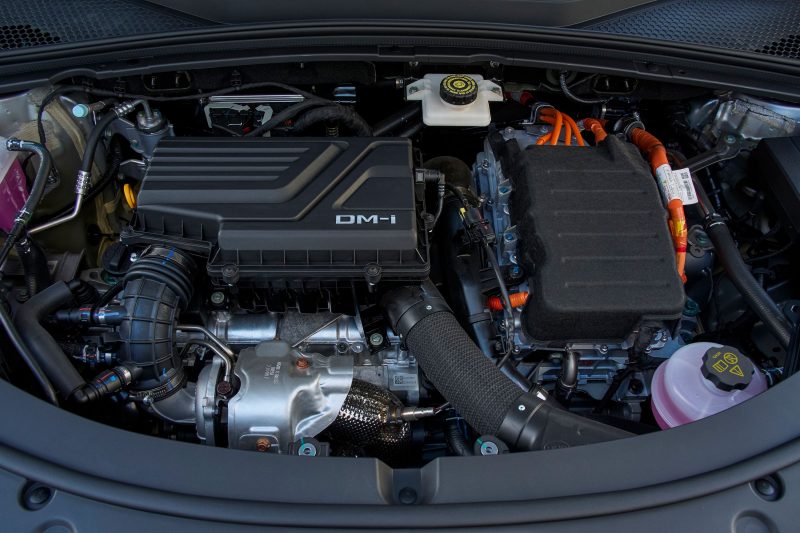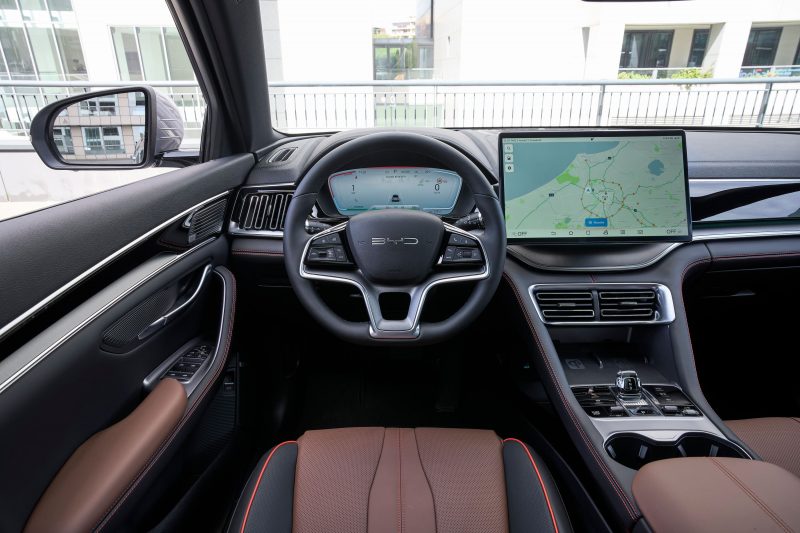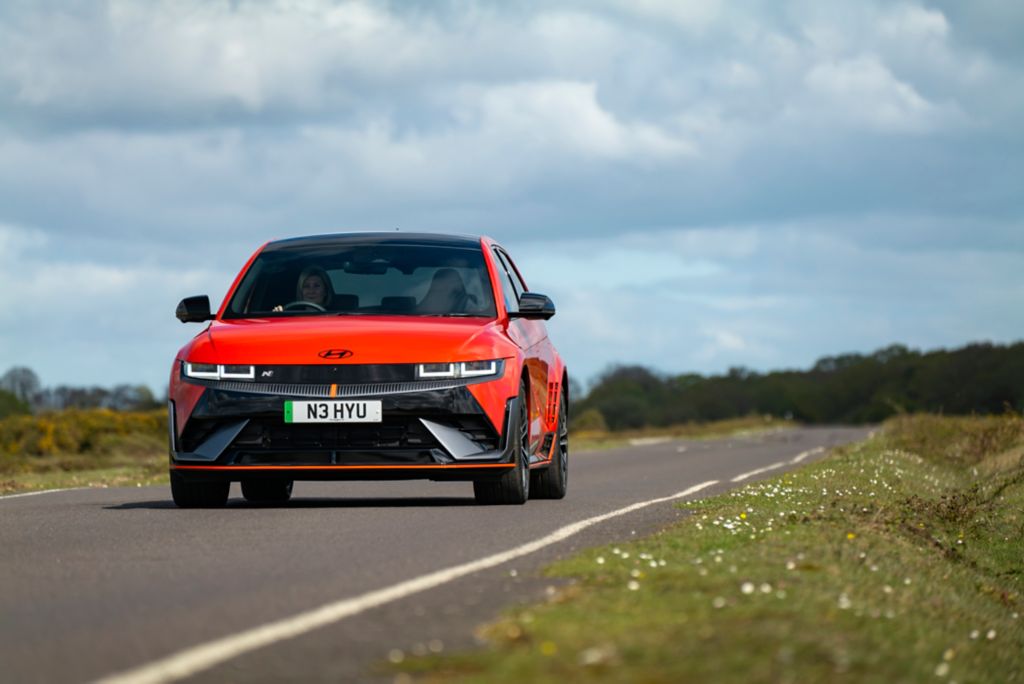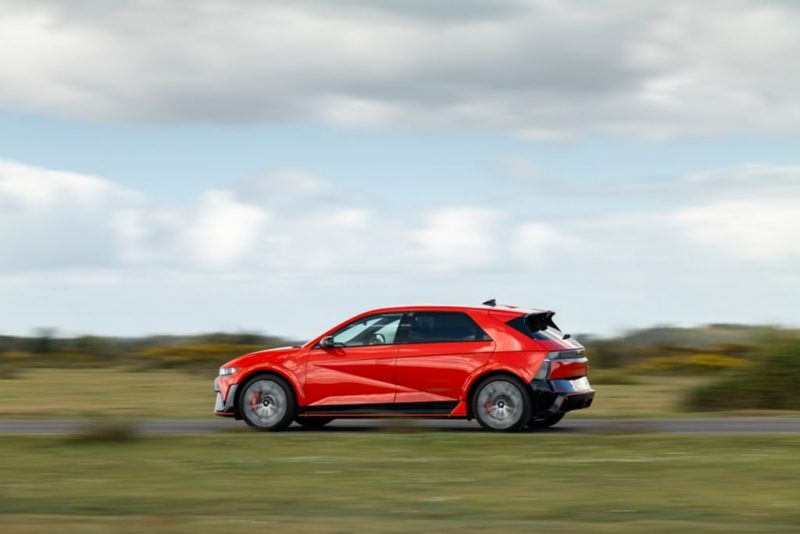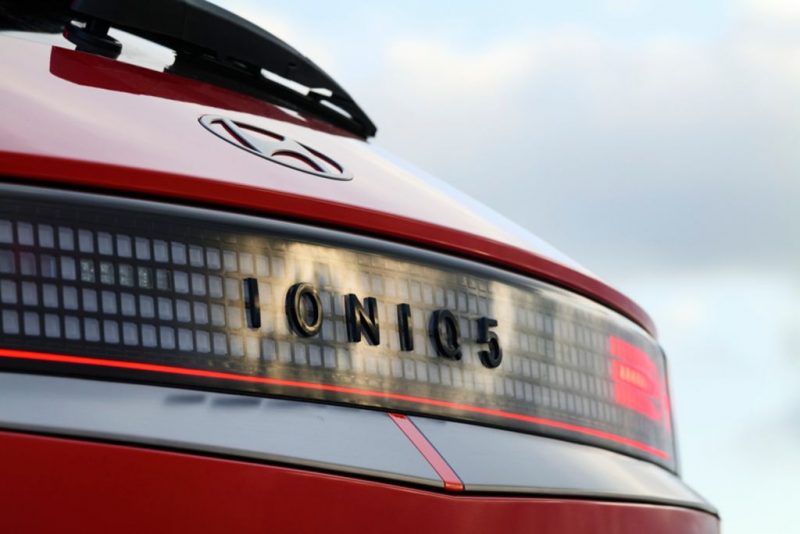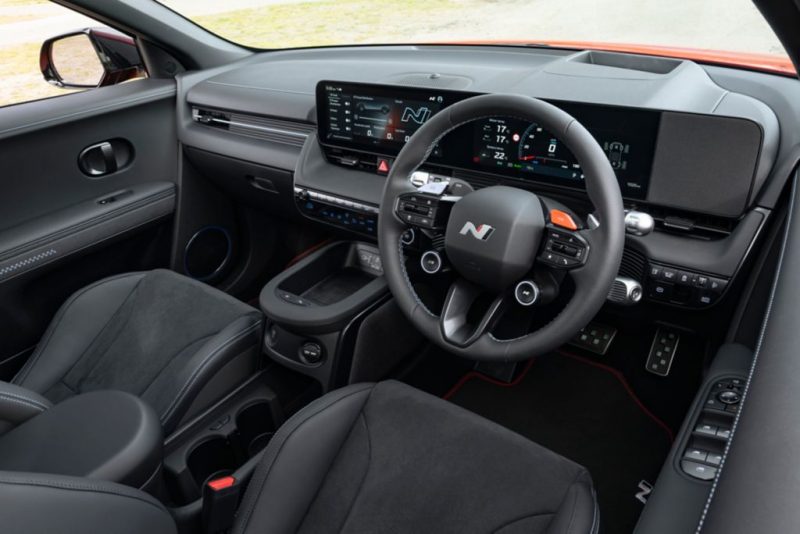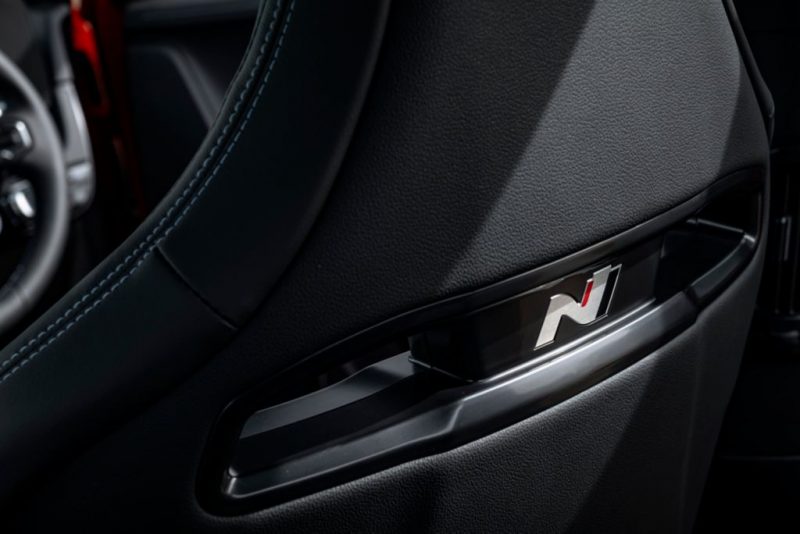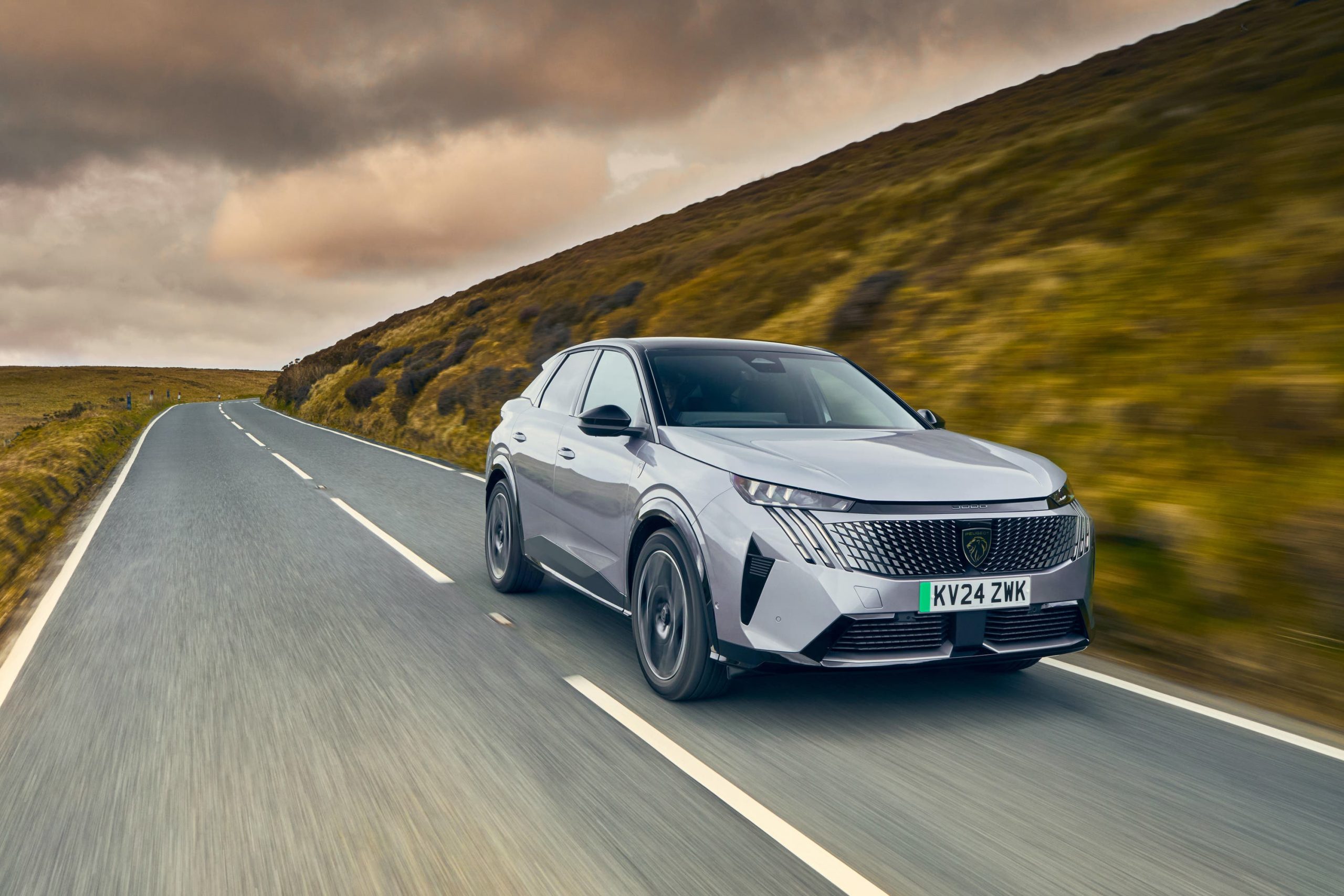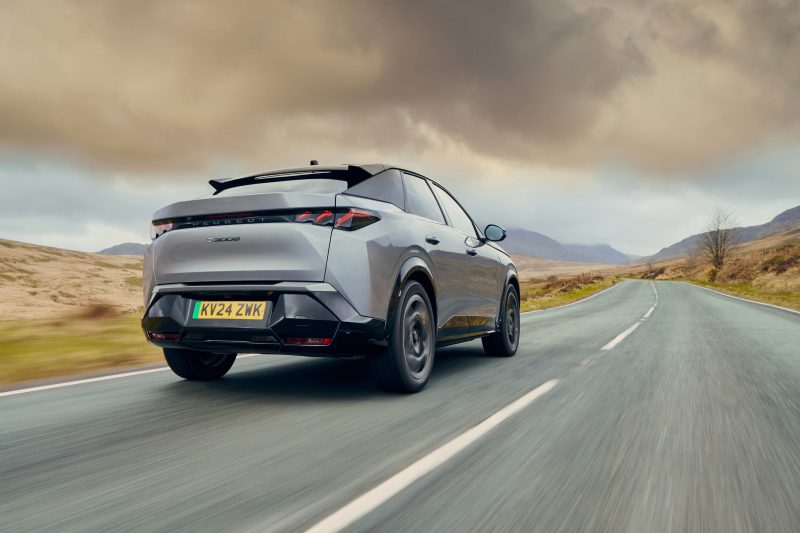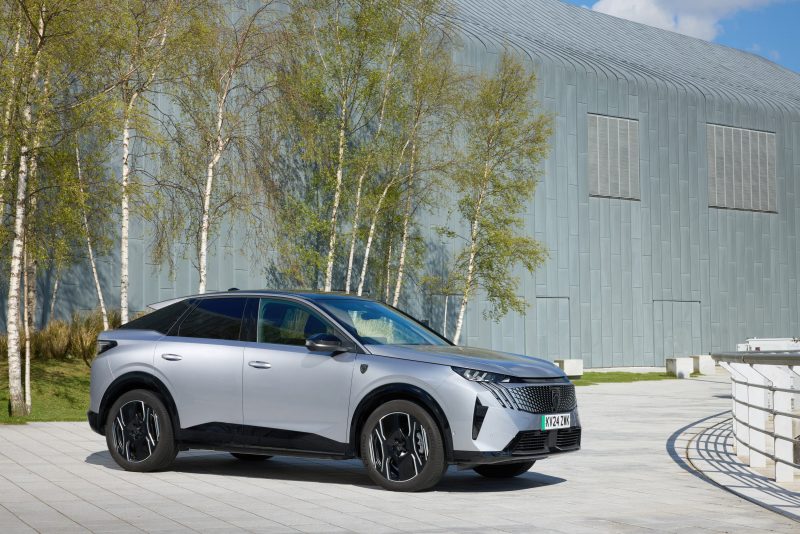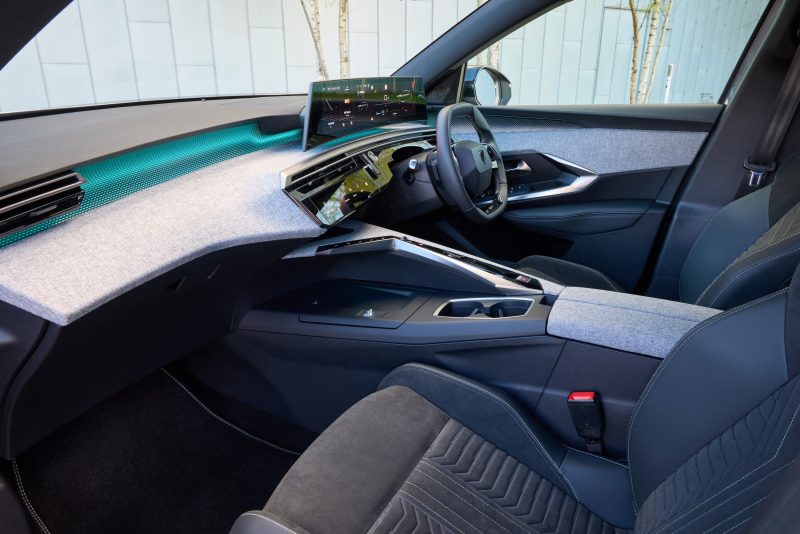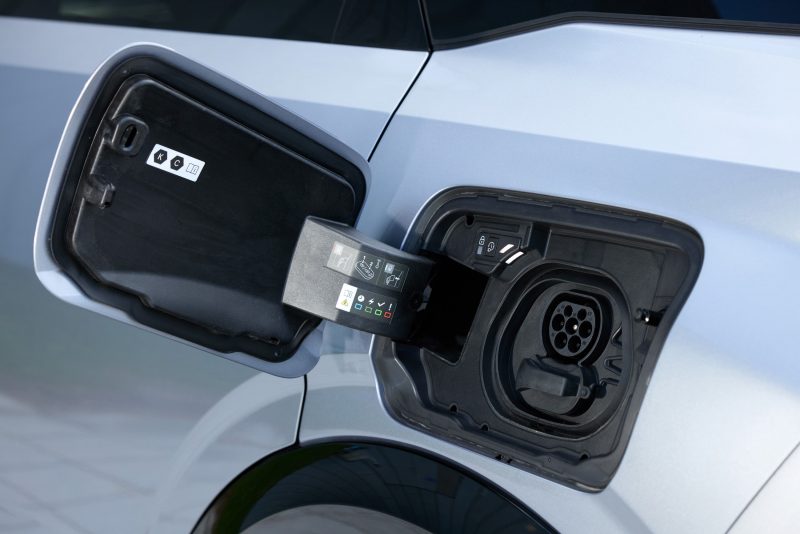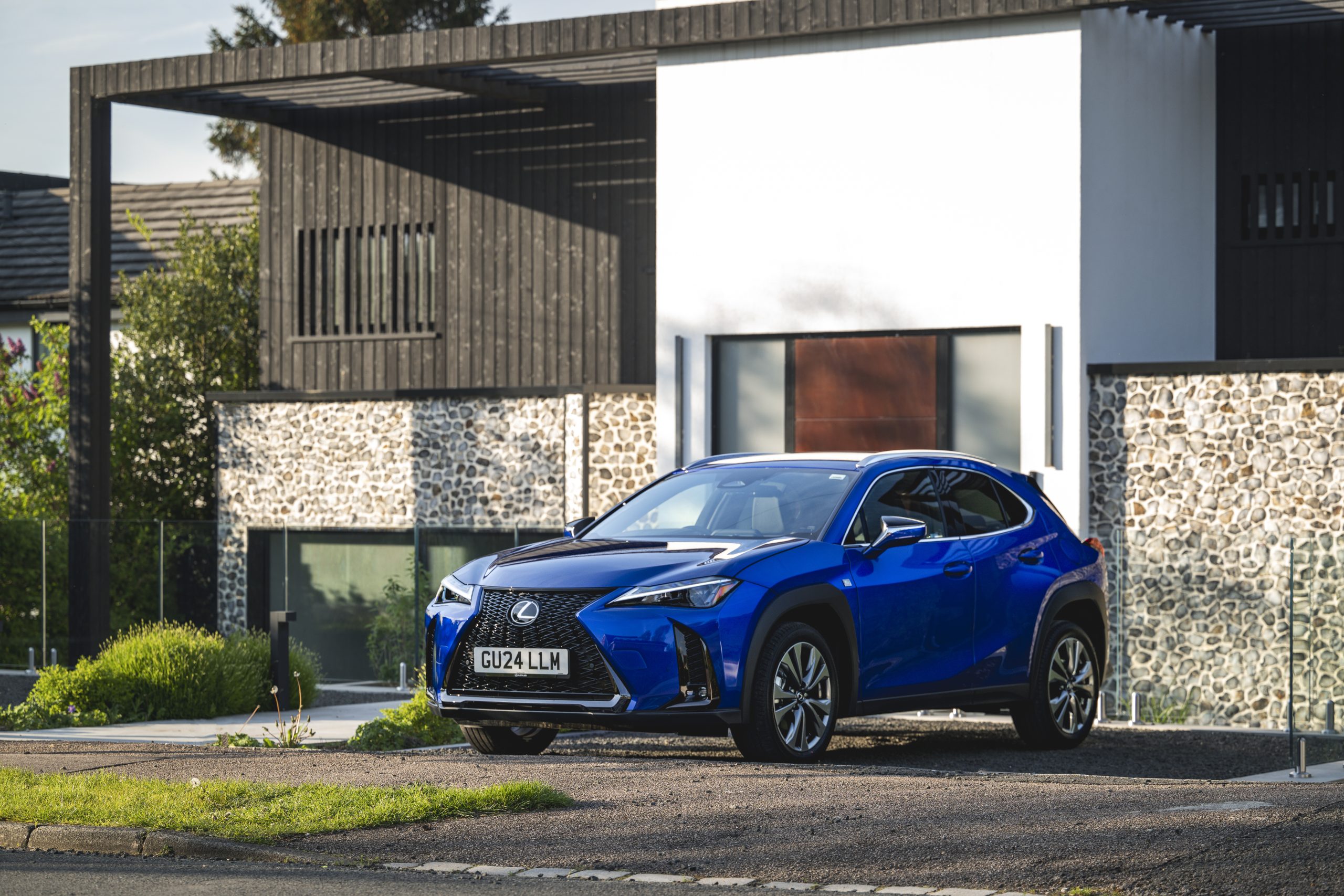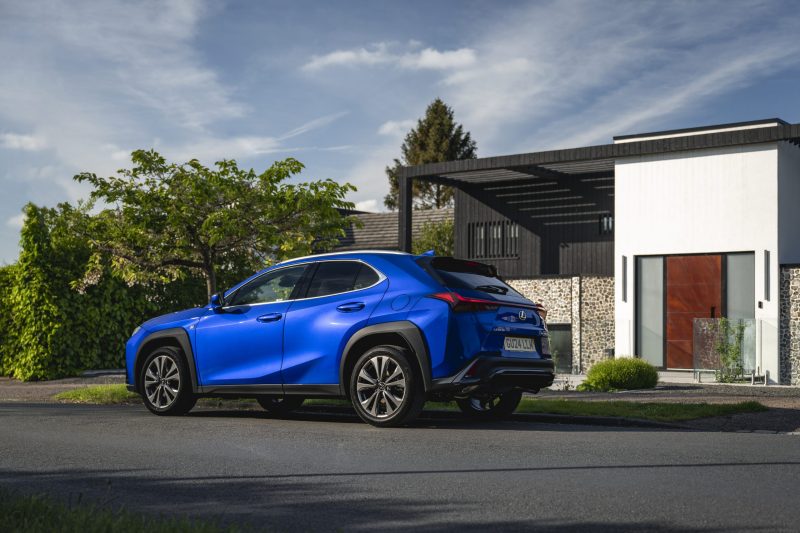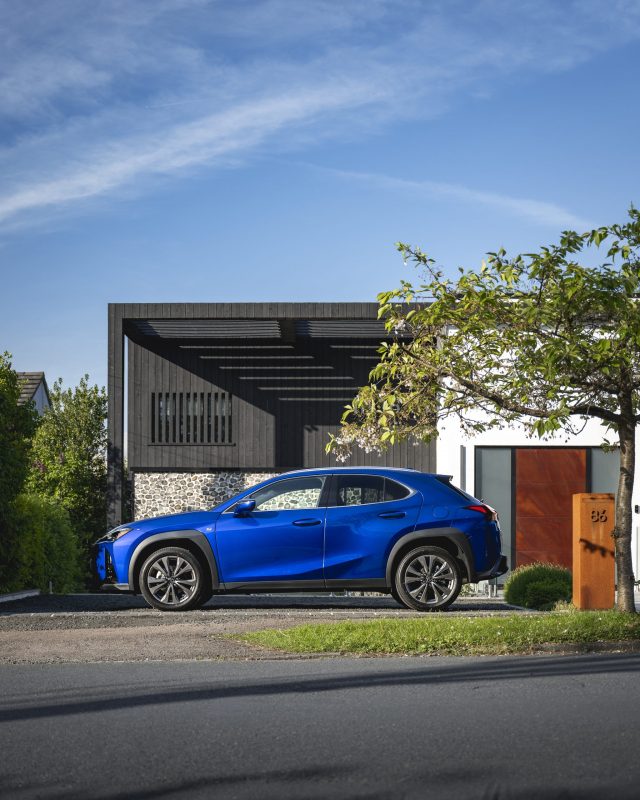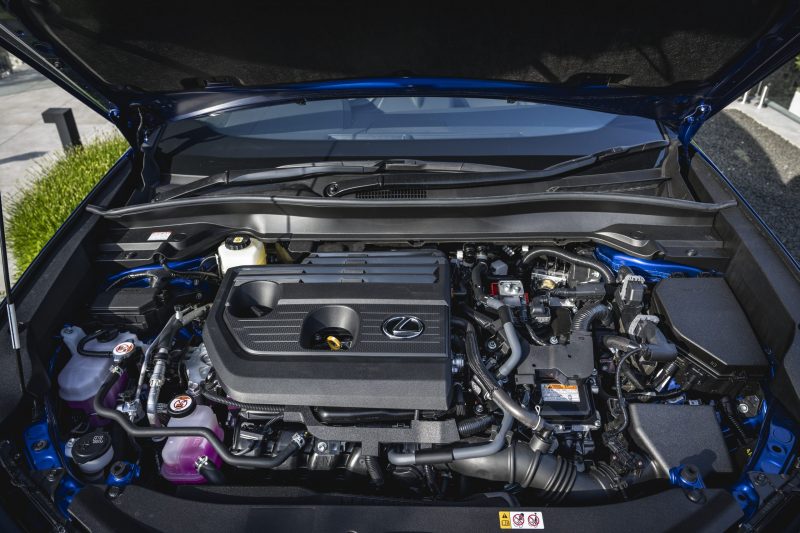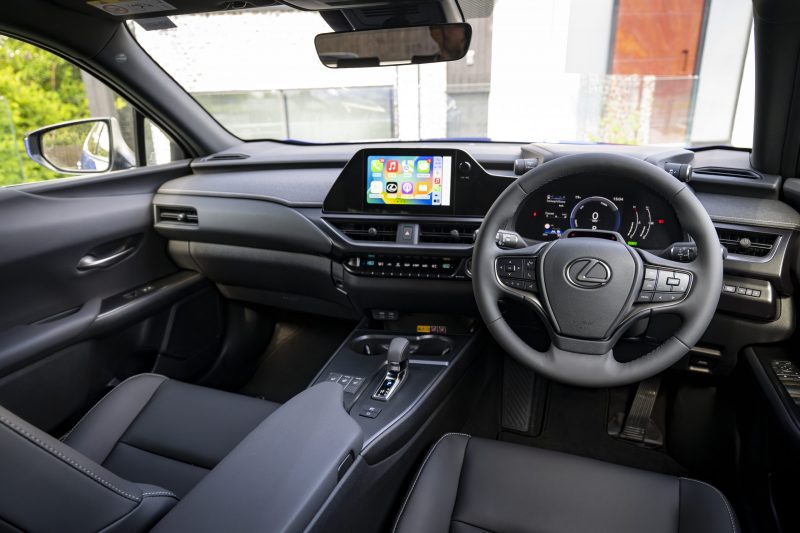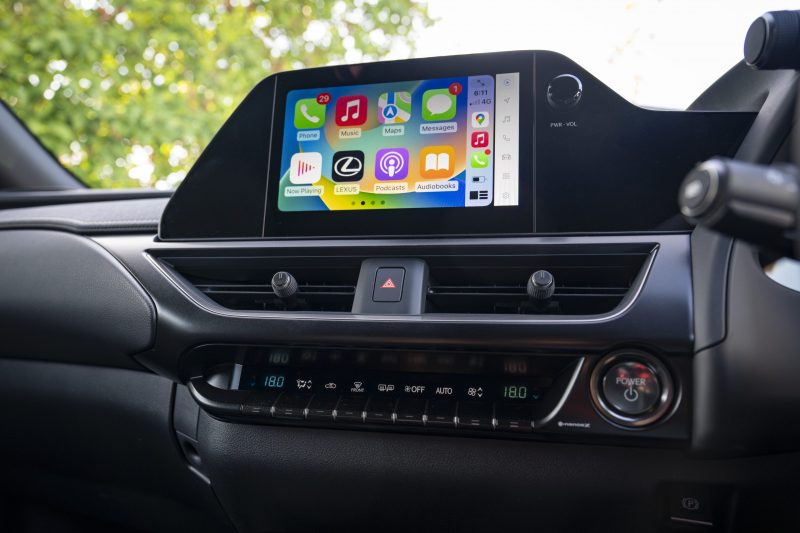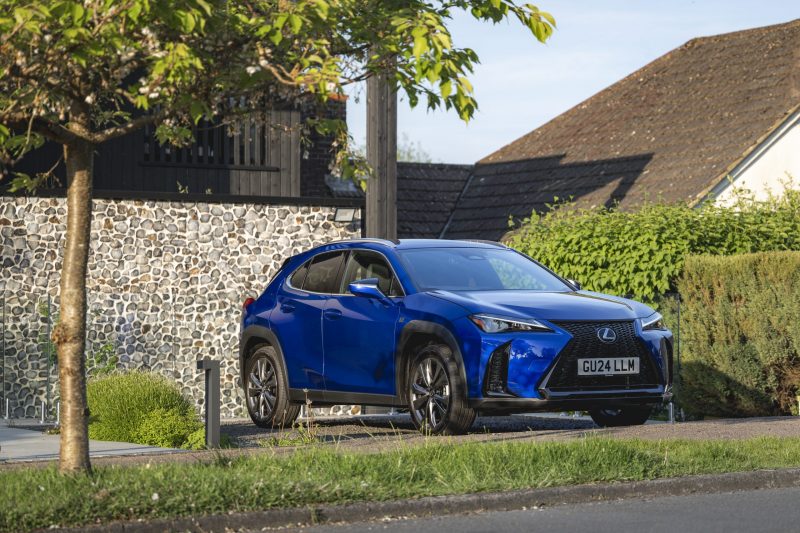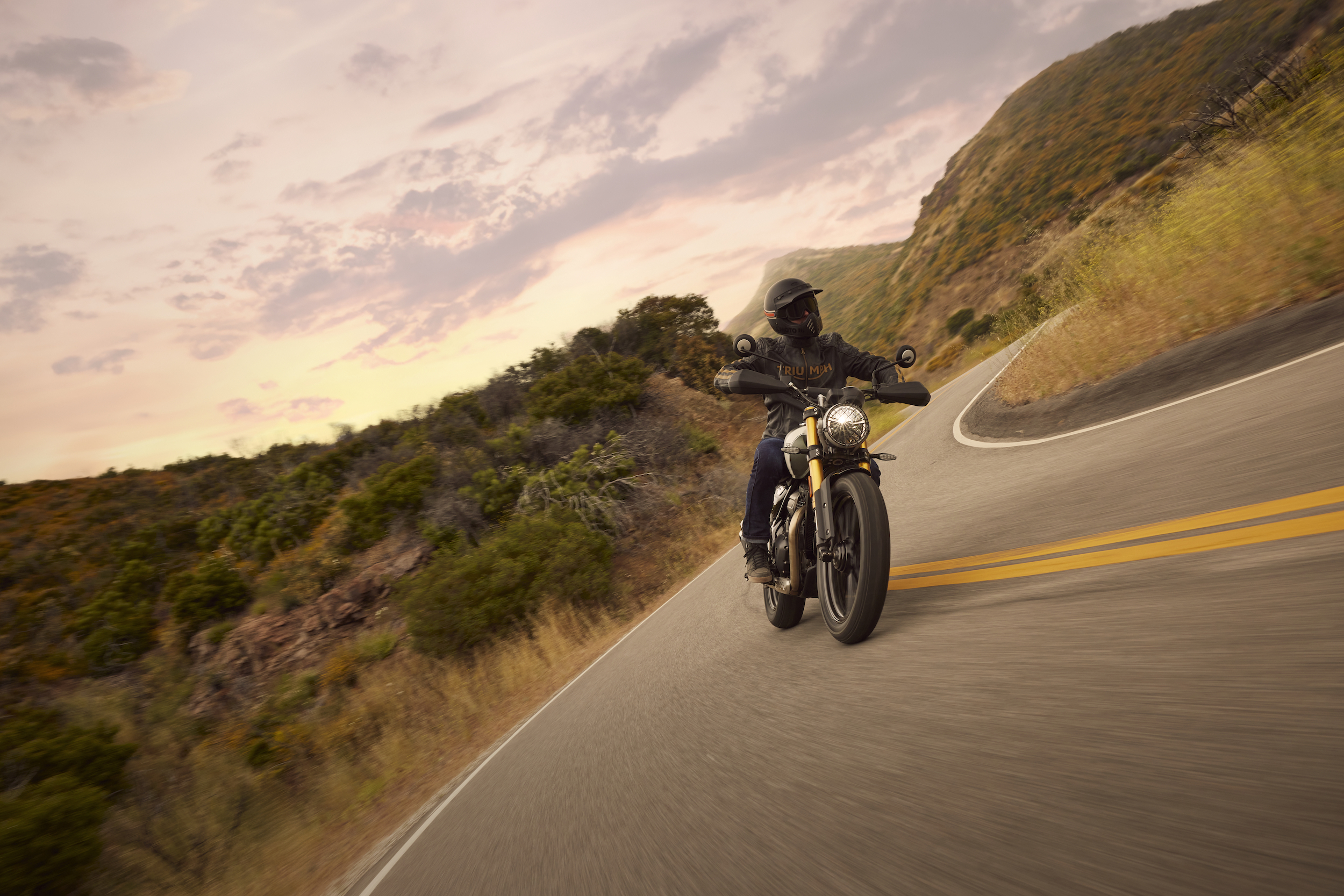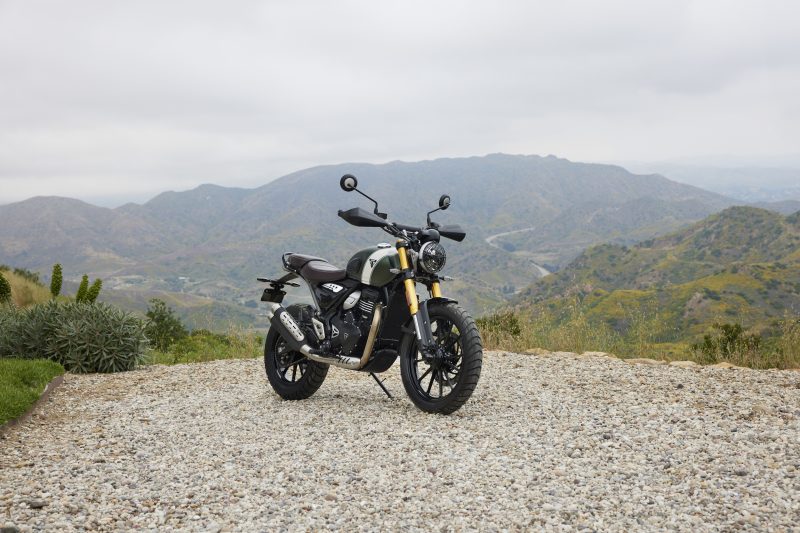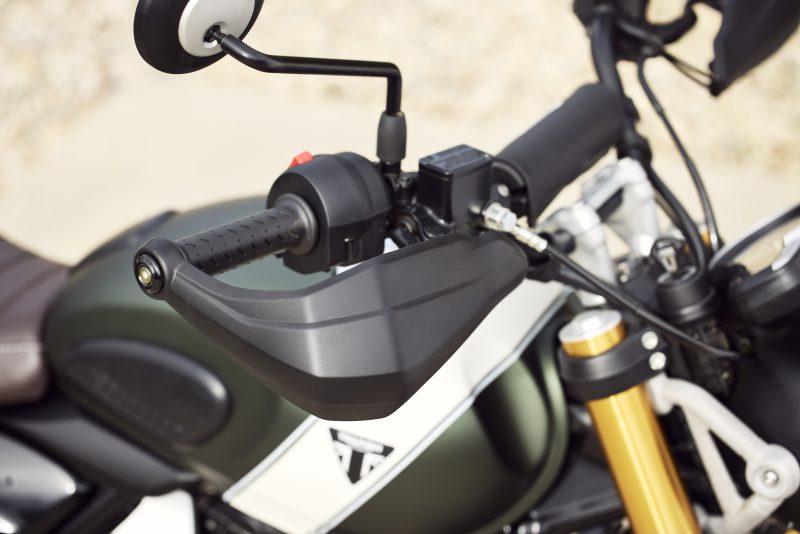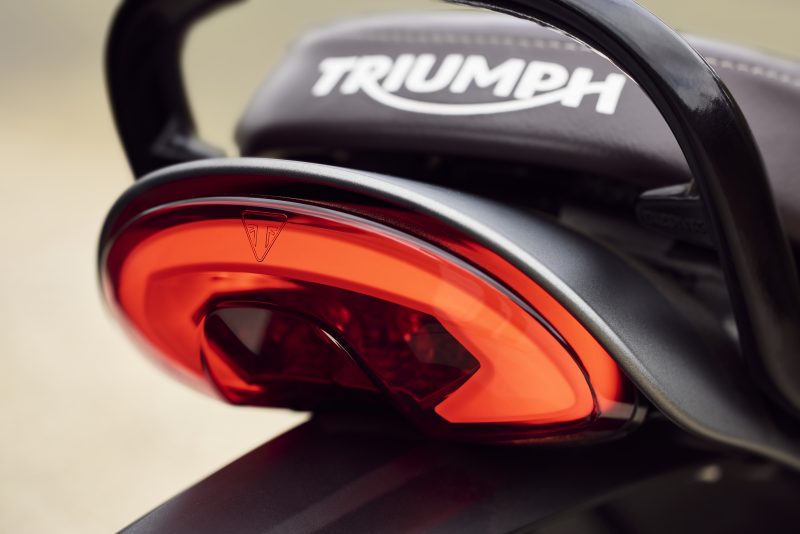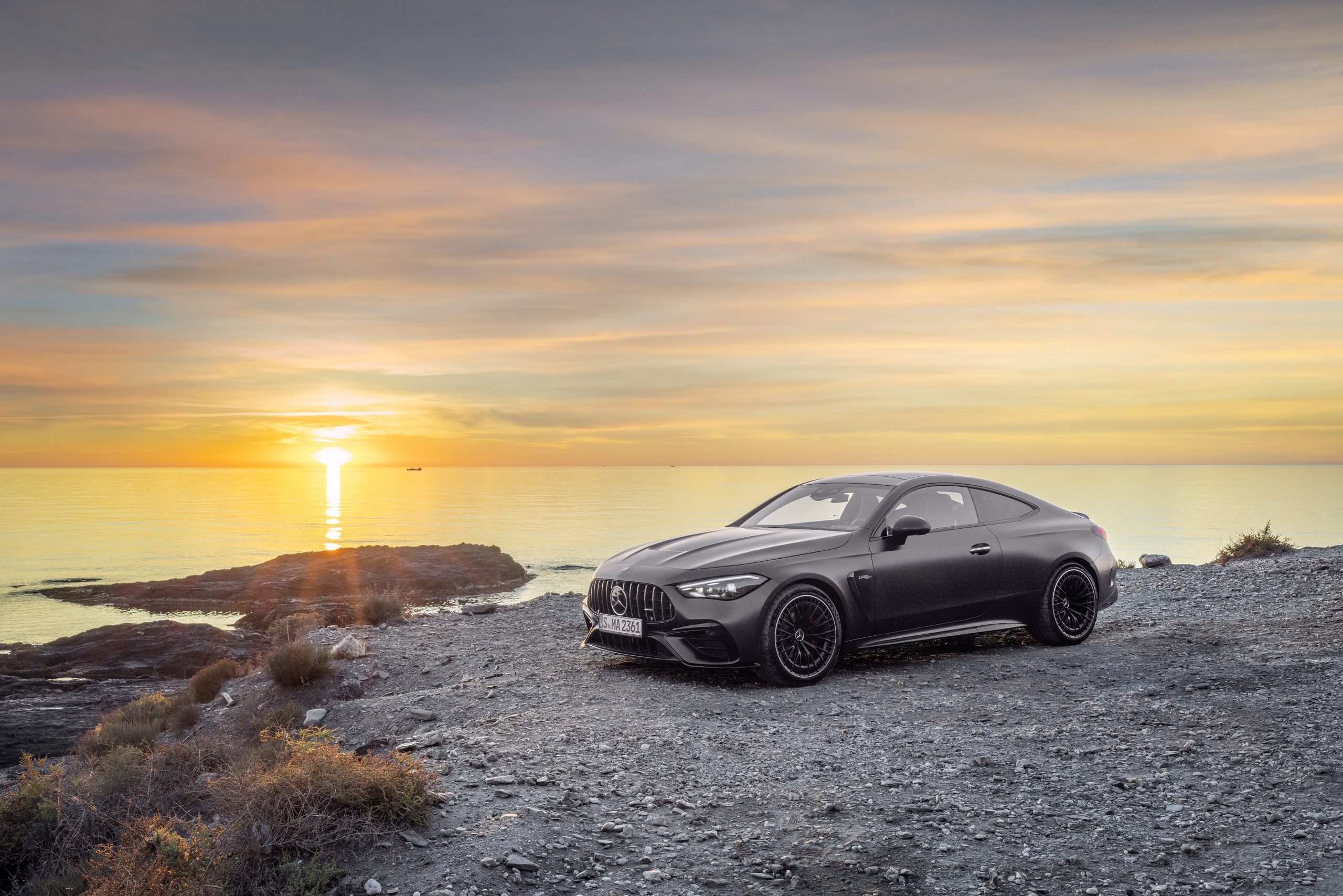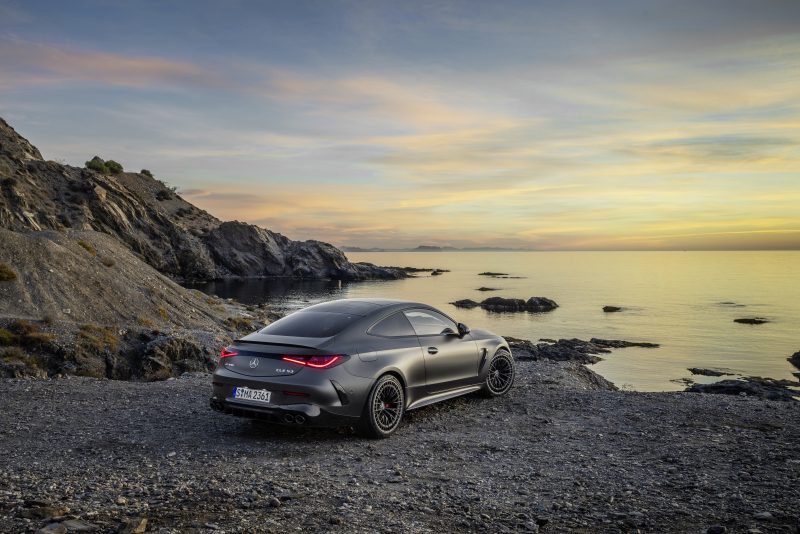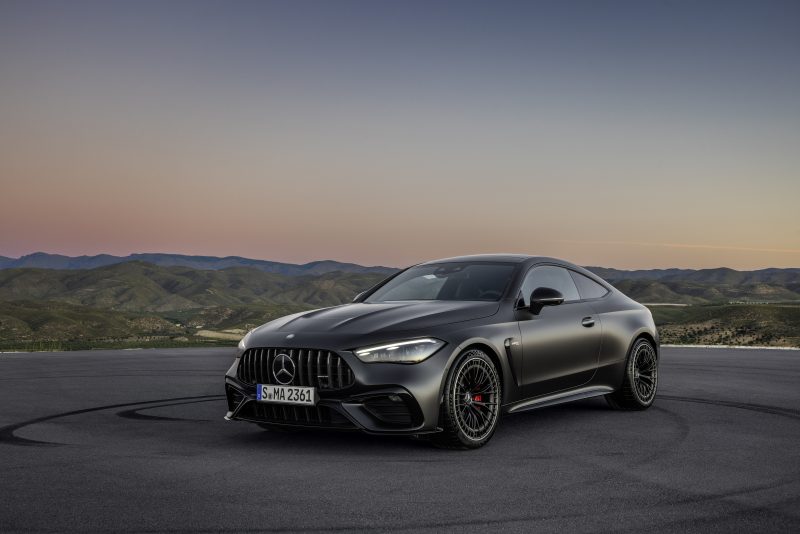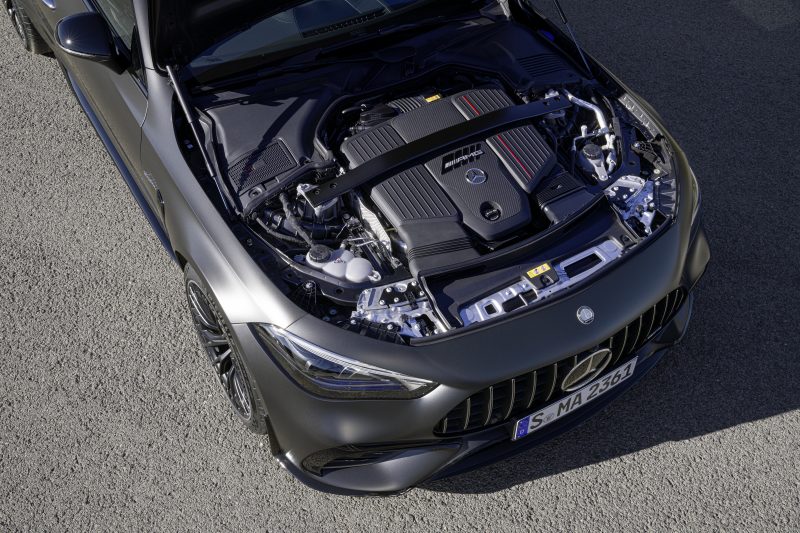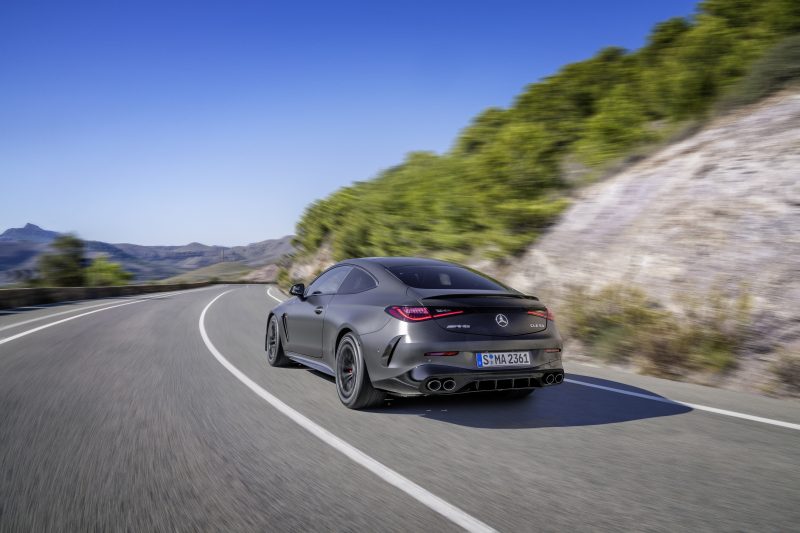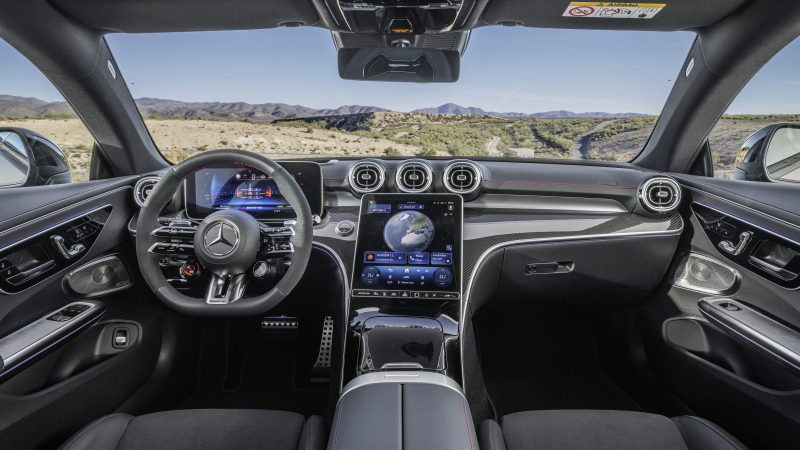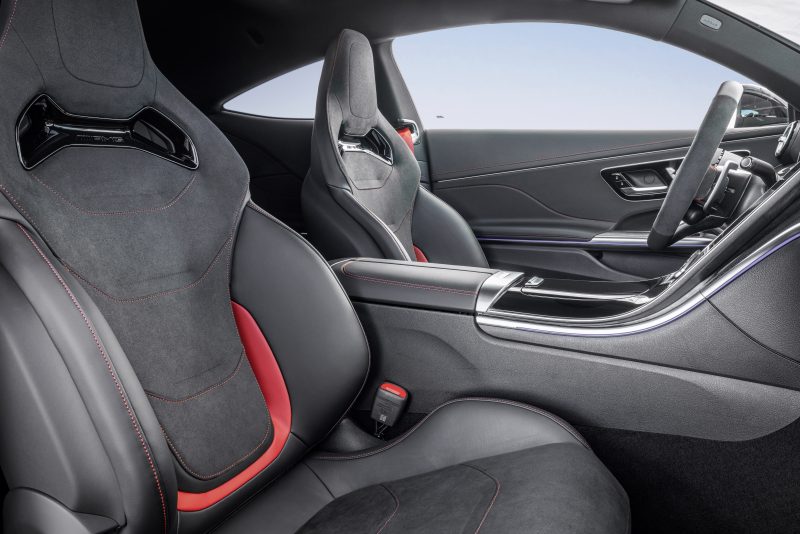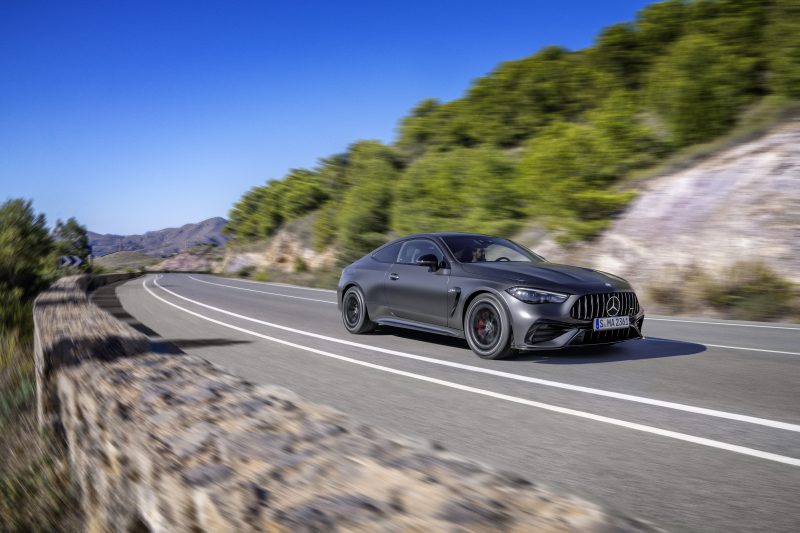Renault has high hopes that its coupe-styled hybrid SUV will steal sales away from the BMW X4. Cameron Richards went to Spain to find out.
What is it?

The Rafale is the car that will complete the Renault SUV line-up here in the UK, sitting above the Scenic E-Tech, Arkana and Austral as the flagship SUV in the range and going up against competition from BMW, Audi and Hyundai.
Renault is focusing a lot on its future electrification plans and badges its hybrid and electric vehicles with the E-Tech name. However, the Rafale will be sold on our shores only as a hybrid.
What’s new?
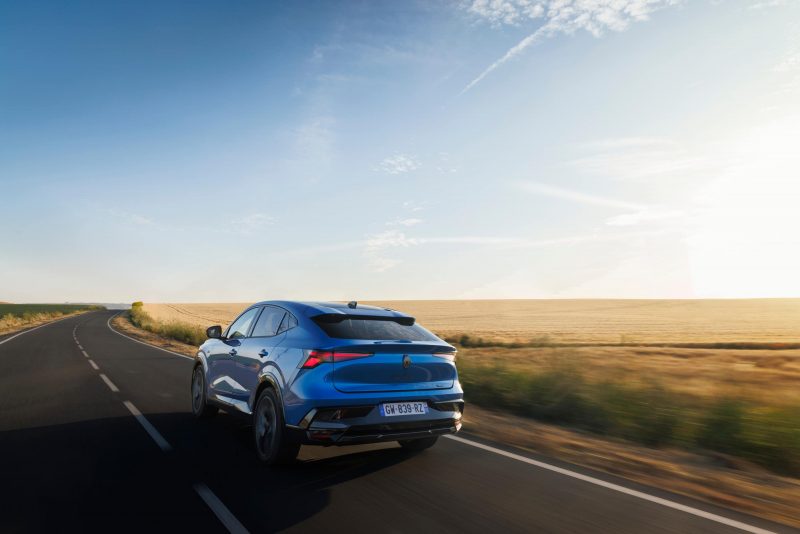
The Rafale name is a new addition to the Renault family and is the French word for ‘wind’, relating to the company’s part in aviation with the Caudron-Renault Rafale that flew at 277mph in 1934.
While that plane may be relatively old today, the Rafale’s design is brand-new with a bold-looking interior matching a new exterior design language which ties it in with some of this French firm’s other cars while still establishing itself as a model in its own right.
What’s under the bonnet?
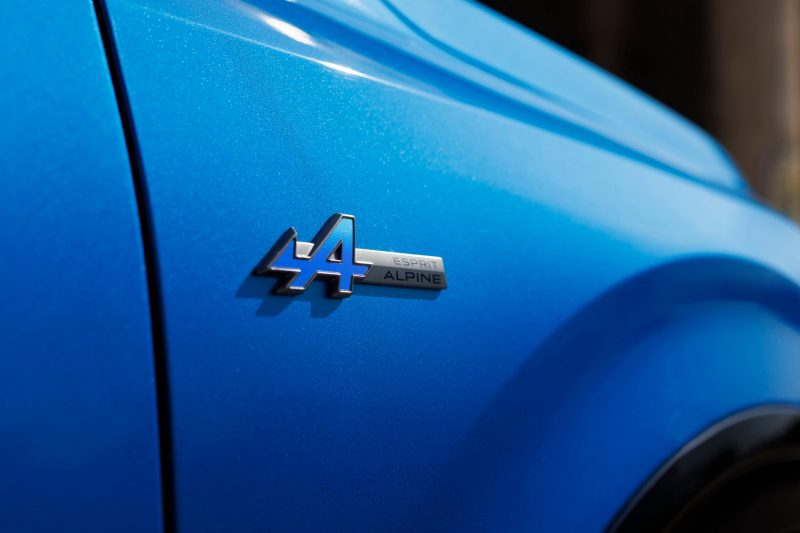
From launch, there will be one powertrain on offer, and that is a 1.2-litre turbocharged petrol engine that produces 128bhp and 205Nm of torque. From there, it’s hooked up to a pair of electric motors and, in total, the Rafale kicks out 197bhp.It has a top speed of 111mph and can do 0-60mph in 8.7 seconds, while a claimed 60.1mpg and CO2 emissions as low as 105g/km mean that the Rafale is remarkably clean-running for a car of this size.
All Rafale models come with multi-link rear suspension and a four-wheel-drive system as standard, while later down the line a 304bhp performance version to fit into the range.
What’s it like to drive?
In Seville testing the new Renault Rafale E-Tech — driving impressions will be revealed soon. pic.twitter.com/FtHHqxuBM8
— Cameron Richards (@CamRichards13) June 3, 2024
The Rafale rivals SUVs such as the BMW X4, however behind the wheel the big Renault doesn’t quite match up to its German competitor.
The engine and transmission seem to have a hesitant and jerky transition from switching from combustion to electric mode which makes the car feel a little unsettled at speeds. Rear visibility is poor due to the small rear window and thick C-pillars and there is no rear windscreen wiper – which is frustrating when the screen is dirty.
However, our test car came with four-wheel steering called 4Control makes it easier to manoeuvre and gives it a tighter turning circle than you might think.
Overall performance is acceptable enough, and it’s reasonably refined at speeds with not too much road and tyre noise, but wind noise on the motorway is more noticeable than expected.
The Rafale also has an acceptable ride, though the suspension doesn’t seem to settle down over minor imperfections when travelling at slower speeds. However, even though the steering felt vague and a bit ponderous, it does go around corners with minimal fuss and very little body roll.
How does it look?
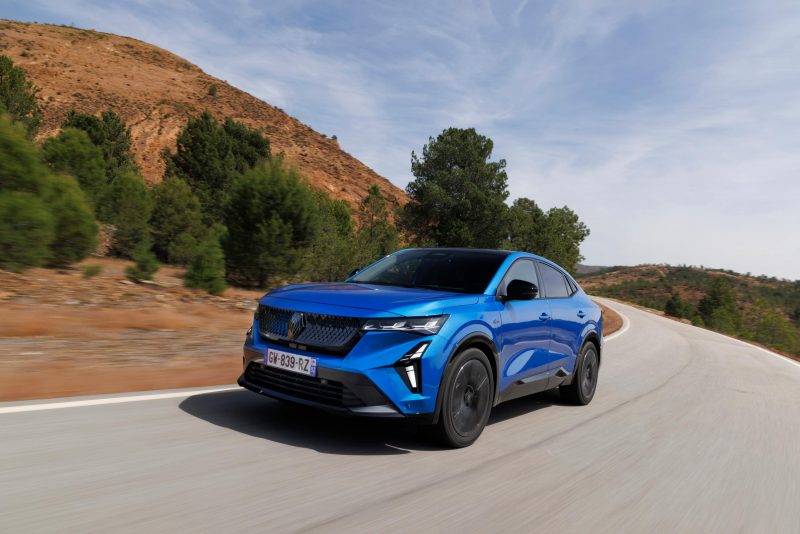
Coupe-like SUVs have become more popular ever since the BMW X6 kickstarted the trend back in the late 2000s.The Renault certainly has a unique look to it with its sloping roof design and distinctive Nouvel’R front end. The boomerang-style LED daytime running lights and front headlights that merge into the front radiator grille show similarities to Renault’s smaller SUV, the Austral.
However, the side profile looks a little anonymous, with a resemblance to the Nissan Qashqai, which is no surprise since the Renault Group owns Nissan.
What’s it like inside?
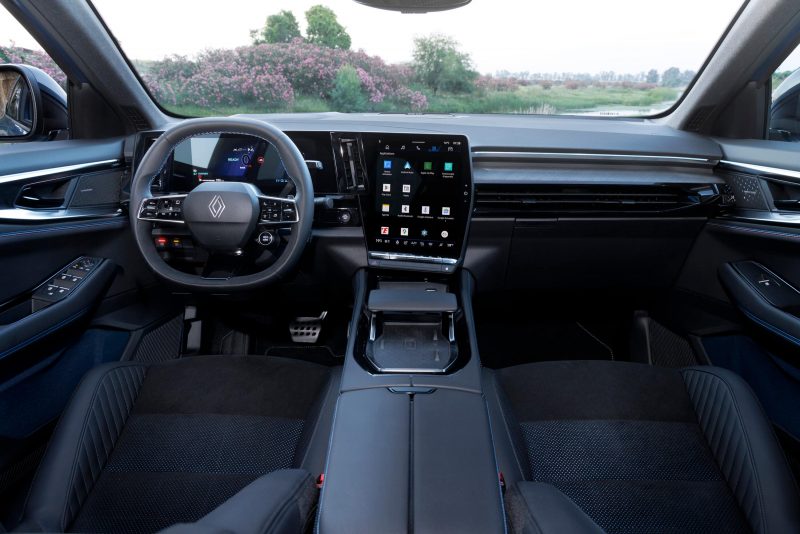
The Rafale adopts Renault’s latest interior layout, similar to the one you’ll find on the latest Scenic. You get a larger rectangular steering wheel with a paddle shift for the regenerative braking and you have a 12-inch portrait infotainment screen that is angled towards the driver for a sportier alongside a 12.3-inch dashboard display.The cabin materials throughout the top half of the dashboard and door cards are soft and have a premium feel, however, lower down the glove box and lower centre console suffer from harder materials. There are also physical buttons for climate control and they are intuitive to use.
There is plenty of room in the back with a lot of leg and headroom, regardless of the sloping roofline and our test car’s Solarbay panoramic roof. A small transmission tunnel means that the middle seat passenger doesn’t struggle too much to sit comfortably either.
Boot space stands at 647 litres with the seats in place, which is over 120 litres more than a BMW X4. Fold the seats down and the Rafale’s boot space expands to 1,600 litres making it slightly smaller altogether than a Hyundai Santa Fe. However, the rear seats do not fold down flat making it harder to push heavier items to the back of the vehicle.
What’s the spec like?

Here in the UK, we are getting three different trim levels for this hybrid coupe SUV.The entry-level Techno starts at £38,195 and gets front and rear parking sensors, multi-link suspension and a 12-inch multimedia touchscreen. The mid-spec Techno Esprit Alpine comes in at £42,195 and boasts a heated steering wheel and front seats, rearview camera, ambient lighting a powered tailgate and 4Control four-wheel-steering.
Our test car was the top-of-the-line Iconic Esprit Alpine, priced at £44,695 and featuring 12 speakers, a 360-degree 3D camera, Matrix LED headlights and front Renault logo puddle lamps.
There will be a 304bhp plug-in-hybrid variant, called the Rafale Atelier launched later this year with pricing and specifications yet to be announced.
Verdict
Renault’s flagship SUV offers high levels of standard equipment with reasonable pricing and running costs.
Even though the driving experience isn’t the best in its class, it still performs well when it comes to comfort and ease of ownership.
Practicality is one of its stronger points, with boot space larger than some of its key rivals, while the interior is a nice place to be with space inside good enough to accommodate four average-sized adults comfortably.
As an overall package, the Rafale should be a hit with British buyers, we just think if the power delivery was smoother and it had a better drive, it would make the French SUV even more tempting.
By Cameron Richards


